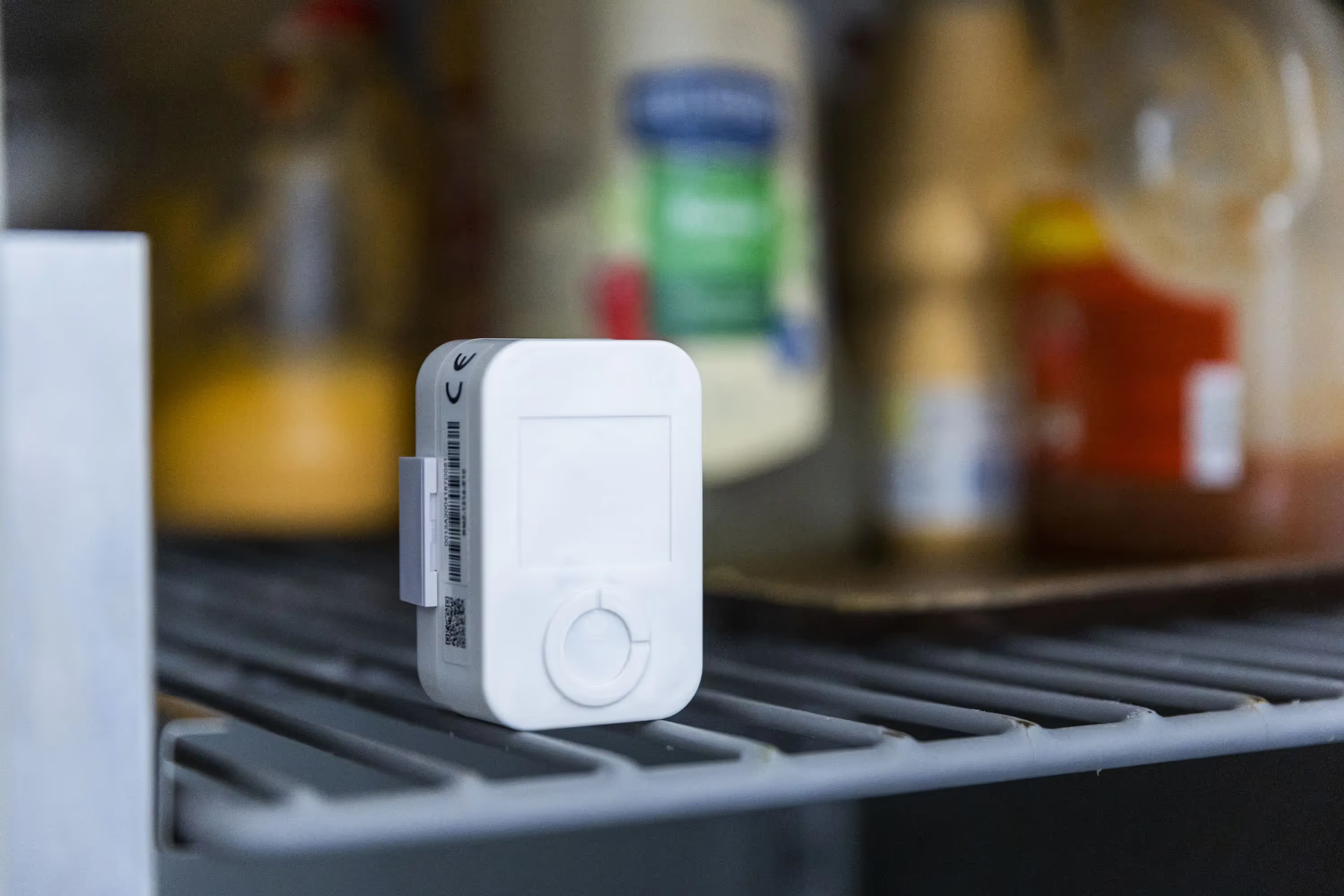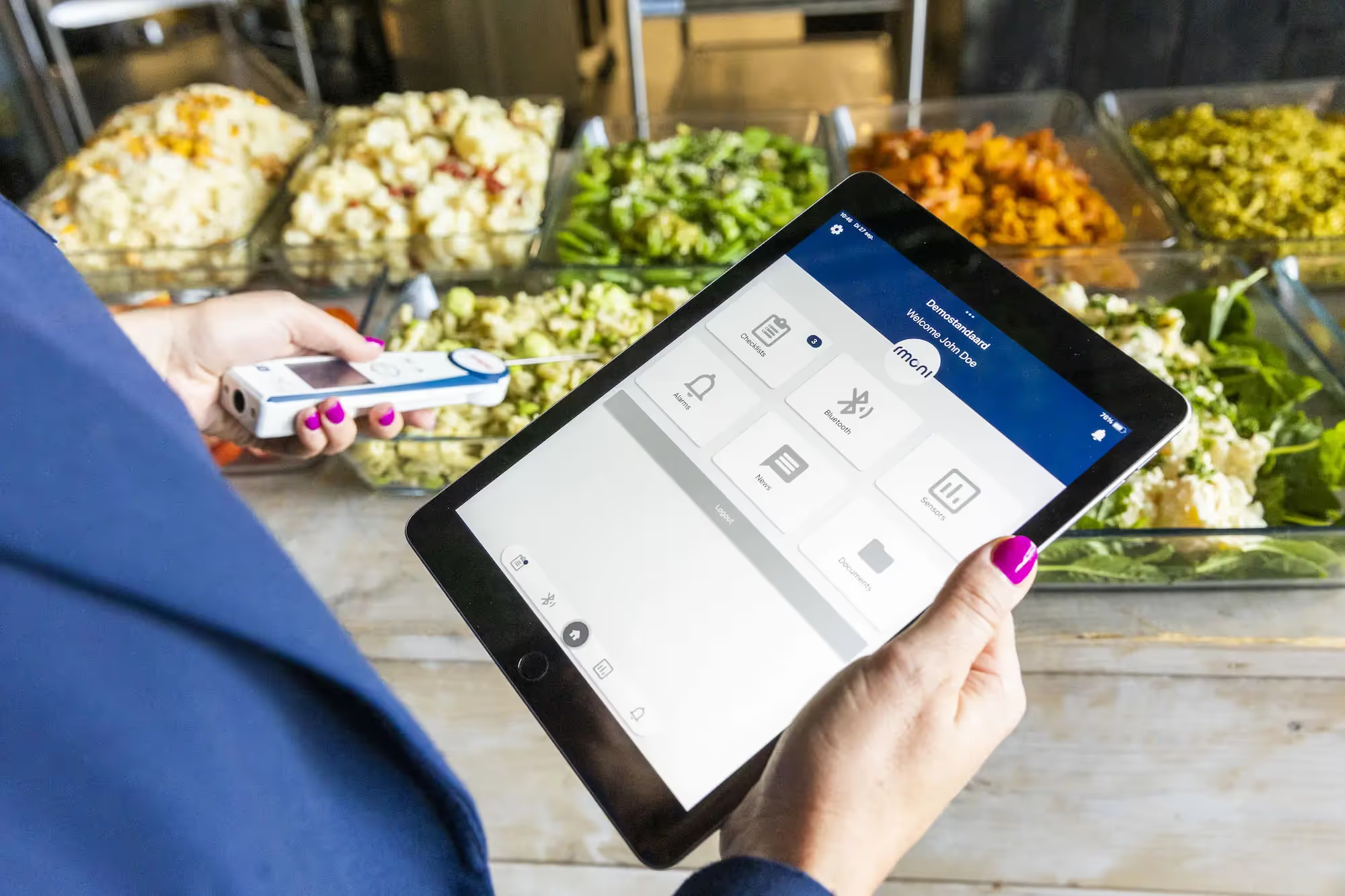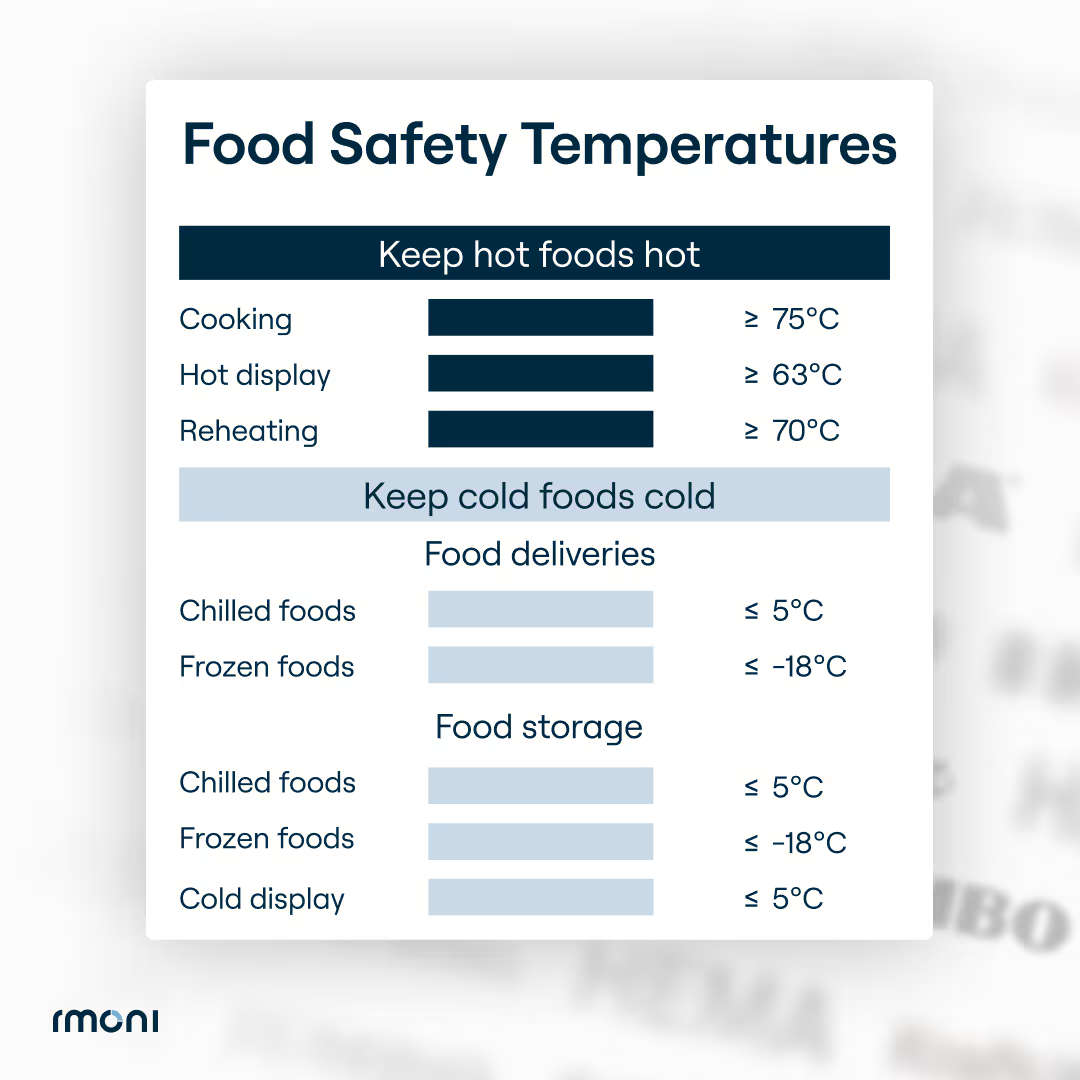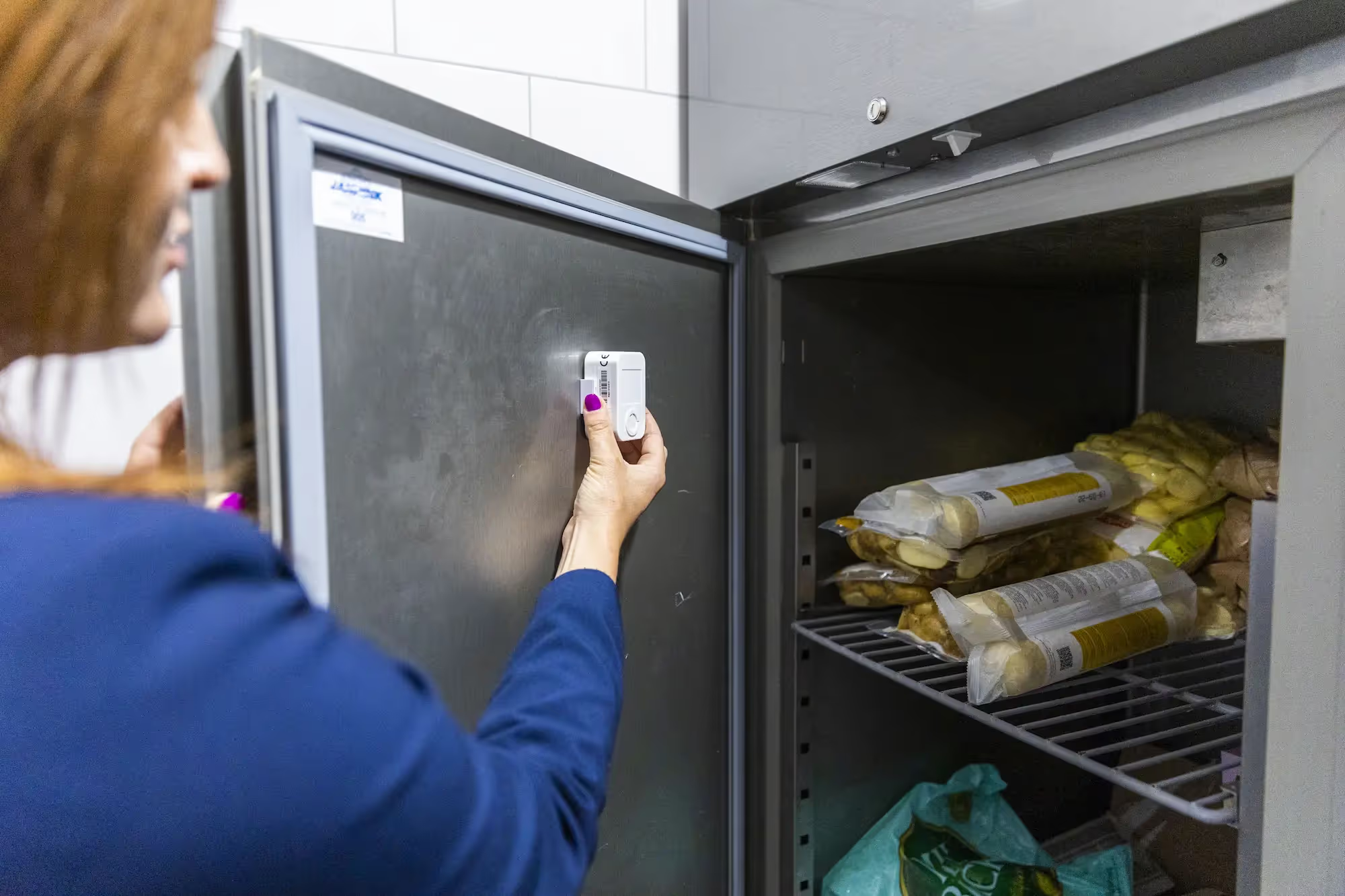How to Keep Food Safe with an Automated Temperature Control System
When it comes to food safety, temperature is everything. That's why more and more food service businesses are turning to automated temperature control systems to help them keep food safe.

Setting up an automated temperature control system for food safety
When it comes to food safety, temperature is everything. That's why more and more food service businesses are turning to automated temperature control systems to help them keep food safe.
An automated temperature control system can help you keep track of the temperature of your food at all times, ensuring that it is always within a safe range. This can help you avoid food-borne illness and keep your customers happy and healthy.
We’ll be outlining how to set up an automated temperature control system below. But first, let’s take a look at some important facets of food safety management.
Why are time and temperature so important when managing food quality?
Time and temperature are important factors for measuring and registering food quality critical control points (CCPs).
Especially during the process of cooking food (for instance, in sous vide cooking) it’s essential that the desired cooking temperature is attained within a set time limit. This makes sure any possible microorganisms in the food are killed to make the end product safe.
Additionally, the combination of time and temperature is an important factor when it comes to safely storing prepared meals.

In every food safety management system, temperature is a CCP during:
- Transport
- Delivery
- Storage
- Preparation
- Presentation / serving the customer
In the case of meal delivery services, the temperature of the meal is also very important during transport and delivery.
What does monitoring mean in food safety management?
In food safety control systems, monitoring and measuring is necessary to ensure CCPs are actually under control. The system’s results need to be documented, in order to prove food safety conditions. This is part of the entire registration system.
This means both temperature registration and the management of other CCPs and generic control measures. Possible CCPs include:
- Cooking
- Cooling
- Preventing cross-contamination

Possible generic control measures in food safety include but are not limited to:
- Cleaning
- Personal hygiene
- Pest control
What is the best way to set up automated food temperature monitoring?
Automated food temperature monitoring is an essential aspect of maintaining food safety and quality. The best way to set up this type of monitoring system is to use a fast, continuous registration system that sends out an alarm if critical temperature limits are reached.
This approach allows for real-time monitoring and rapid response in the event of a temperature deviation, which is crucial for preventing food spoilage and potential health hazards.
In addition to using a fast and continuous registration system, it is also recommended to use digital thermometers. These thermometers register actual temperatures, as opposed to other types of thermometers that may be less accurate or have a slower response time.
Digital thermometers are also more convenient to use, as they often have features such as backlit displays and memory recall, which makes it easier to take and record temperature readings.
Another important aspect of automated food temperature monitoring is to use a digital quality management system. This type of system can be used to track temperature data over time and to analyze trends in temperature deviations.
By combining the use of a continuous registration system, digital thermometers, and a digital quality management system, you can create a closed circuit in which the corrective actions in the event of deviations can also be recorded. This allows for better traceability and accountability in case of deviations, which is important for maintaining food safety and quality.
9 examples of food safety monitoring techniques
There are a number of food safety monitoring techniques that can be employed in order to ensure the safety of food. These include regular checks of food storage facilities and preparation areas, as well as the monitoring of food handling procedures.
Here are 9 examples of techniques for food safety monitoring:
- Temperature monitoring (permanently and when otherwise necessary)
- Cleaning registration
- Control of allergens
- Preventing cross-contamination in product and storage
- Glass detection during production
- Clear agreements with suppliers regarding specifications and quality
- Monitoring shelf life
- Keeping track of sample and analytics data
Monitoring the temperature of food during transport
Suppliers of raw materials are responsible for monitoring temperature during transport from their production facilities to customers. At all times, products must be stored in accordance with temperatures that fit product and storage specifications.
Usually, this takes place by means of temperature data loggers in the trucks used for transportation. This data is shared with recipients on the packing slips.
This also goes for the delivery of hot / cold meals or meal components. These must be delivered at temperatures in accordance with current standards: in general, that would be <7 °C for cold products and >60°C for hot products.

How to set up an automated temperature control system for food safety
To set up an automated temperature control system, you should first make sure you have insight into the CCPs of temperatures. Meaning you should first conduct an HACCP study of all processes where temperature is a control point.
Then, in consultation with the location in question, you will determine what the best and most efficient and effective method is to control the temperature in all these processes. If possible, you should opt for permanent monitoring in storage areas.
This is to prevent stock having to be thrown away in the event of an unexpected failure of refrigerators or freezers. Throwing away products because they are no longer usable will set you back many thousands of euros in losses.
You will also need to set up permanent monitoring for other processes, if possible, although manual temperature measuring is still quite common. Of course, this is always done with digital thermometers, and in combination with a proper digital quality management system.

